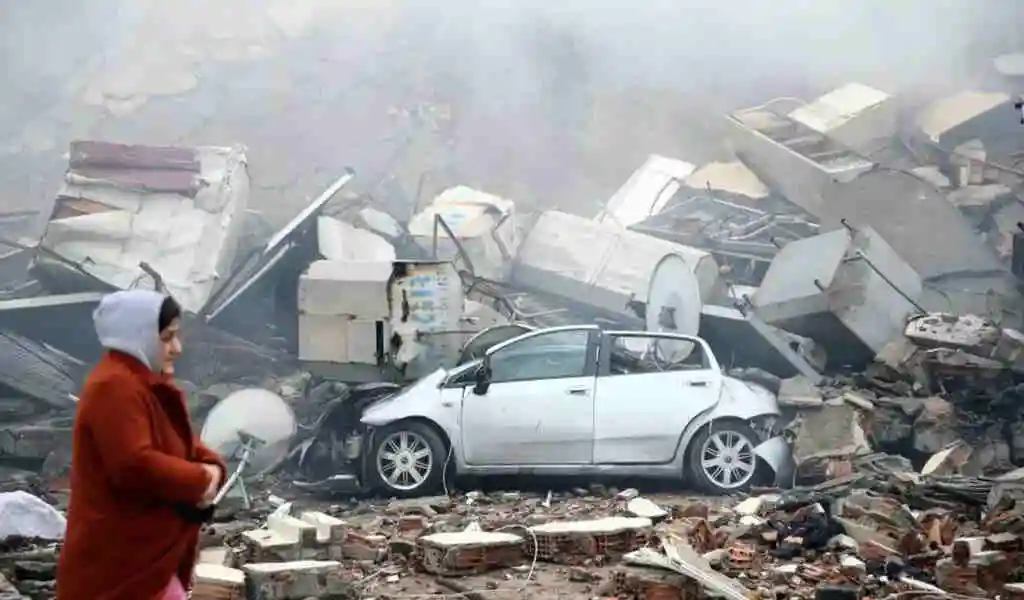(CTN News) – On Monday morning, a huge Turkey Earthquake near the Syrian border struck south-eastern Turkey, killing over 2,000 people.
Many aftershocks followed the earthquake, which struck near the town of Gaziantep. One quake was almost as strong as the first.
Is there a reason why it was so deadly?
According to the official magnitude scale, it was classified as a “major” Turkey Earthquake with a magnitude of 7.8. The fault line broke along 100km (62 miles), causing serious damage to nearby properties.
“Only two of the deadliest earthquakes in any given year have been of equivalent magnitude in recent years, and four were in the decade before,” said Prof Joanna Faure Walker, head of the Institute for Risk and Disaster Reduction at University College London.
The power of a tremor alone does not cause devastation.
The incident occurred early in the morning, while people were sleeping inside.
Also critical is the sturdiness of the buildings.
According to Carmen Solana, a reader in volcanology and risk communication at the University of Portsmouth, “The infrastructure is unfortunately patchy in South Turkey and especially Syria, so saving lives now mostly depends on response.” It is crucial to locate survivors within the next 24 hours. The number of survivors decreases tremendously after 48 hours.”
In a region that hadn’t experienced a major earthquake or any warning signs for more than 200 years, preparedness would be lower than in a region that experienced Turkey Earthquake regularly.
What caused the Turkey Earthquake and how did it happen?
It’s not surprising that the Earth’s crust is made up of separate pieces, called plates, that sit side by side with one another.
It is common for these plates to try to move, but friction when rubbing against an adjoining plate prevents them from doing so. The surface may move if pressure builds up until one plate suddenly jerks across.
Anatolian plate was grinding against Arabian plate as it moved northward.
In the past, earthquakes caused by friction between the plates have been very damaging.
It caused an earthquake measuring 7.4 magnitude on 13 August 1822, significantly less than Monday’s 7.8 magnitude.
However, 7,000 people died in Aleppo alone as a result of the 19th century earthquake. Over the next year, damaging aftershocks continued.
As with the previous big earthquake in the region, the current one is expected to produce several aftershocks.
What is the measurement of earthquakes?
Their magnitudes are measured on a scale called the Moment Magnitude Scale (MW). A more accurate and up-to-date version has replaced the traditional Richter scale.
An earthquake’s number reflects the distance and force that moved the fault line.
It is usually impossible to feel a tremor of 2.5 or less, but instruments can detect them. Minor damage is caused by earthquakes of up to five magnitudes. In this case, the Turkey Earthquake caused serious damage at 7.8 and is classified as a major earthquake.
Communities at its center can be completely destroyed by anything above 8.
What are the similarities and differences between this and other large earthquakes?
In 2011, a 9.0 magnitude Turkey Earthquake caused widespread damage on land, and a tsunami, which led to a major accident at a nuclear plant along the coast.
Chile’s 1960 earthquake measured 9.5 on the Richter scale.
SEE ALSO:
Thailand Welcomes First Chinese Tourists Groups in 3 Years






